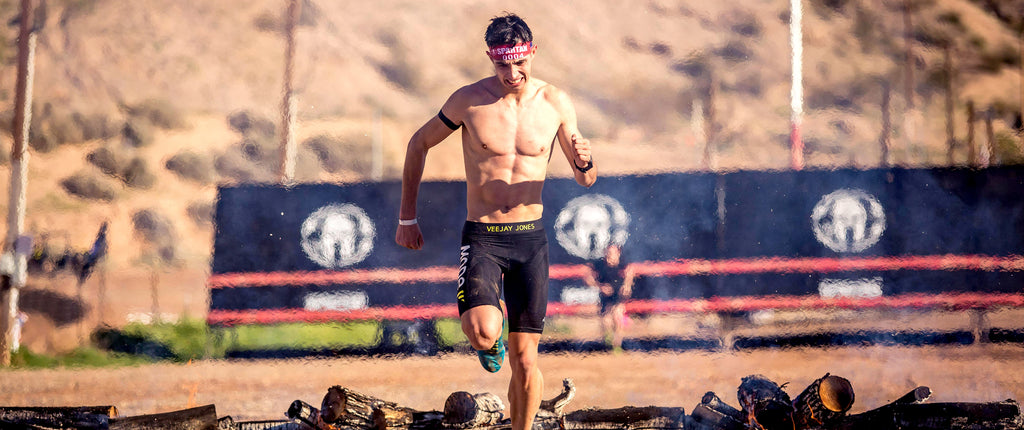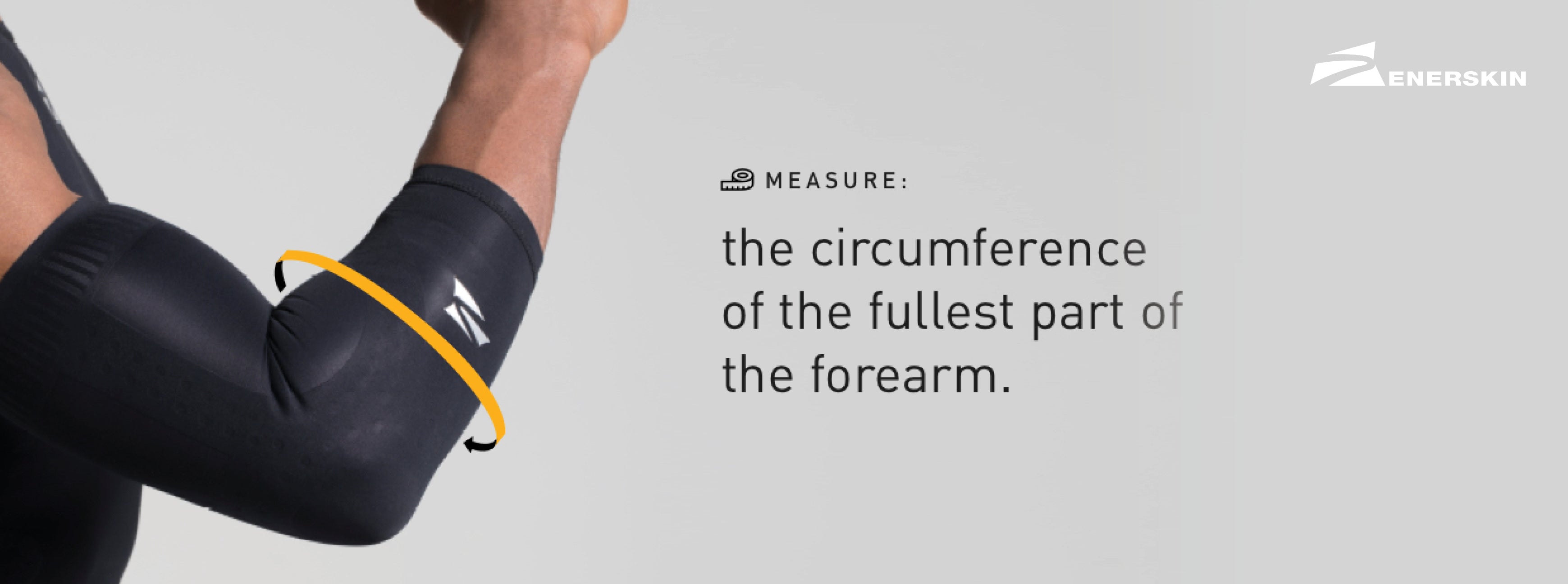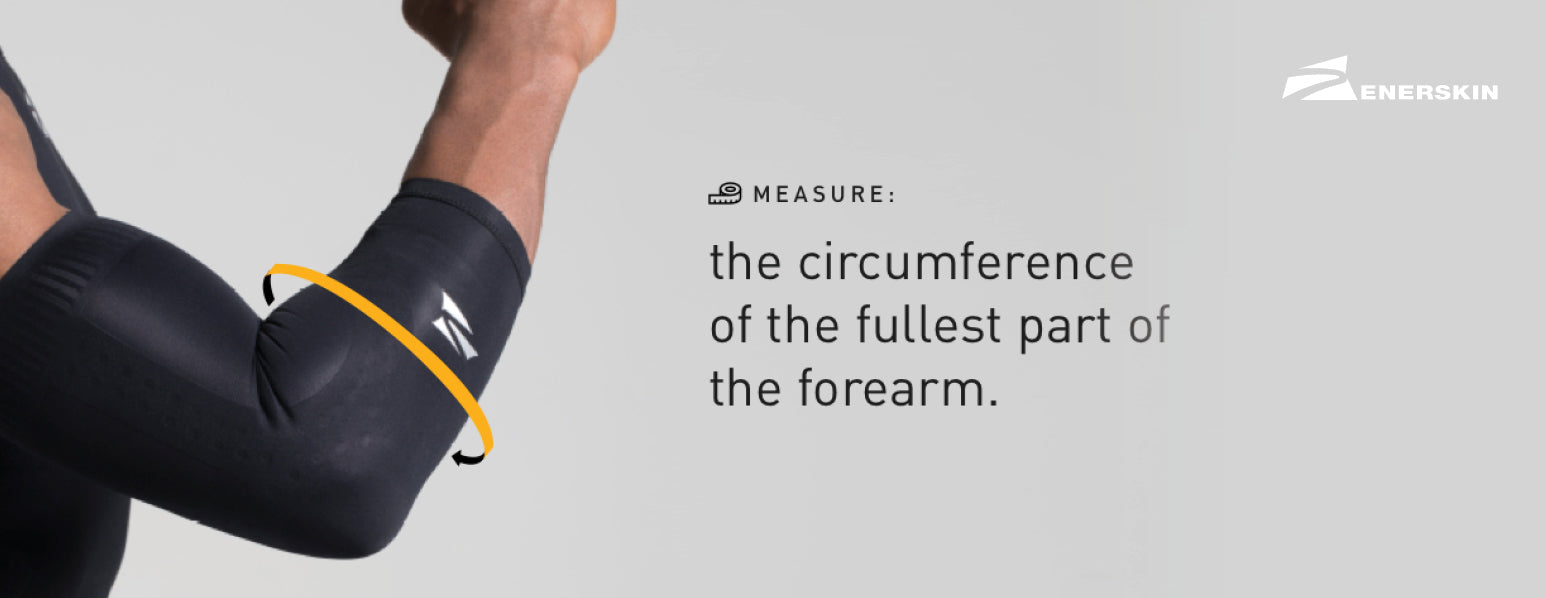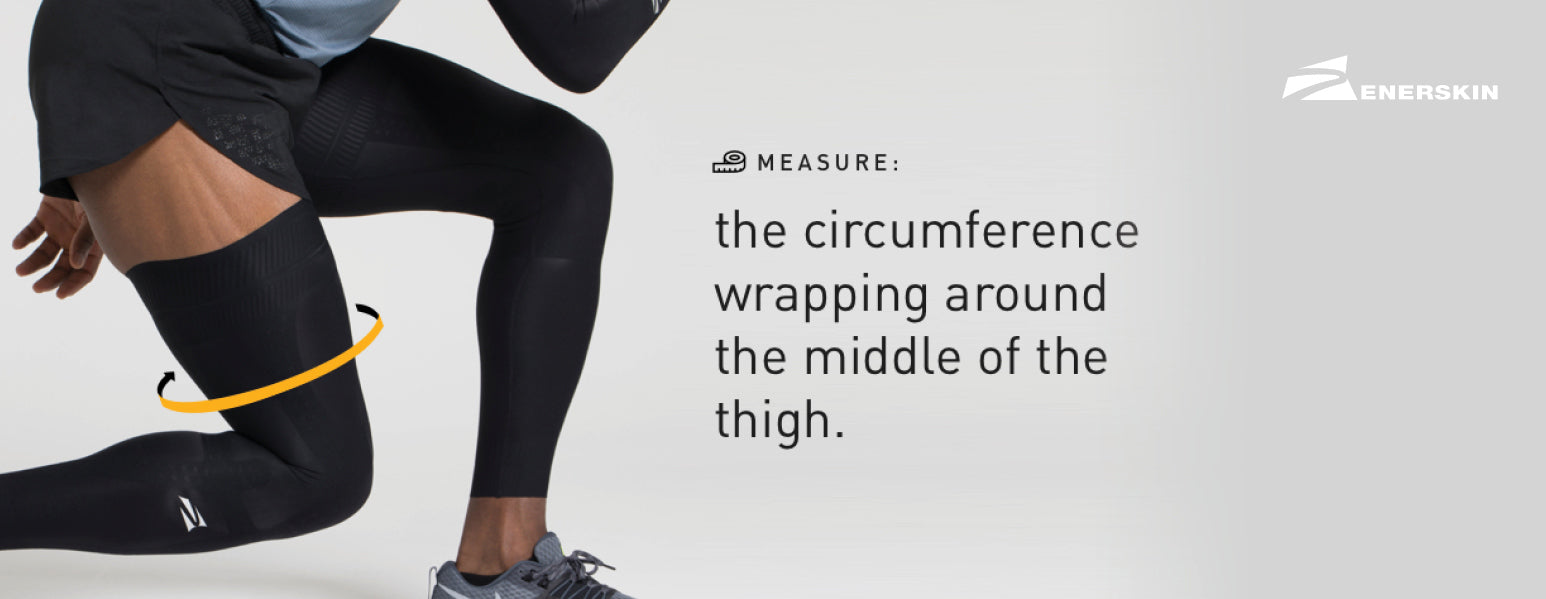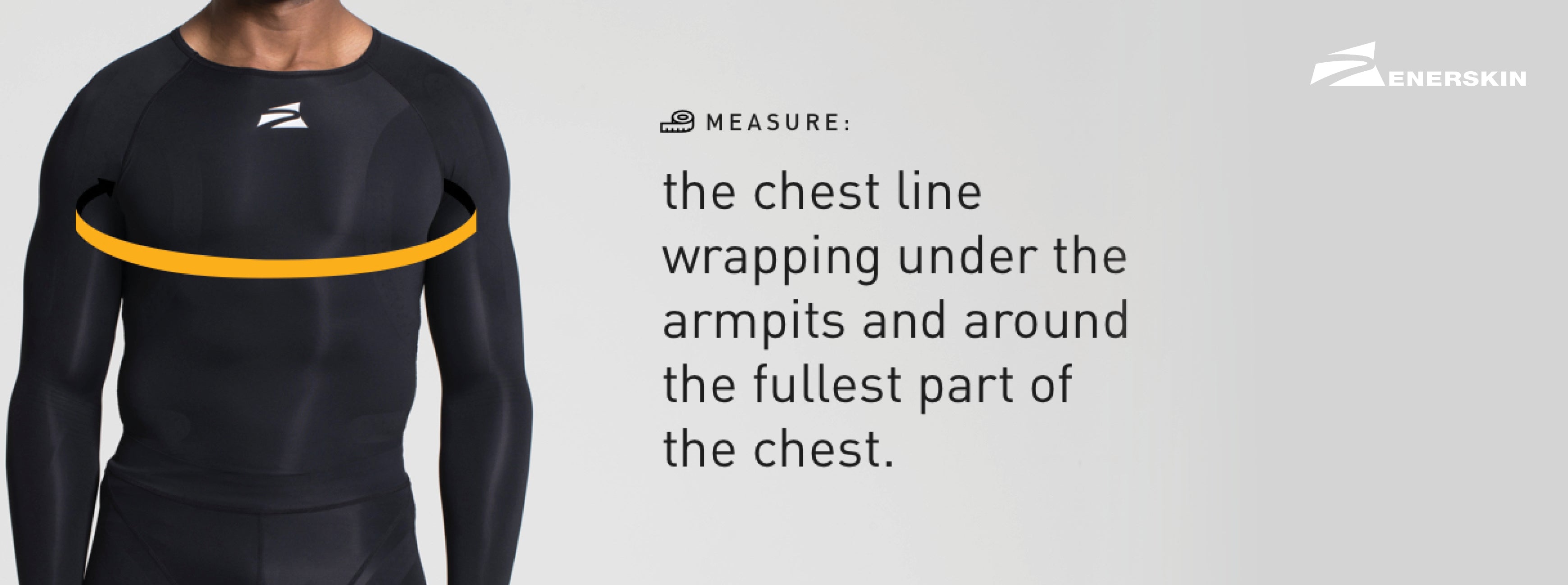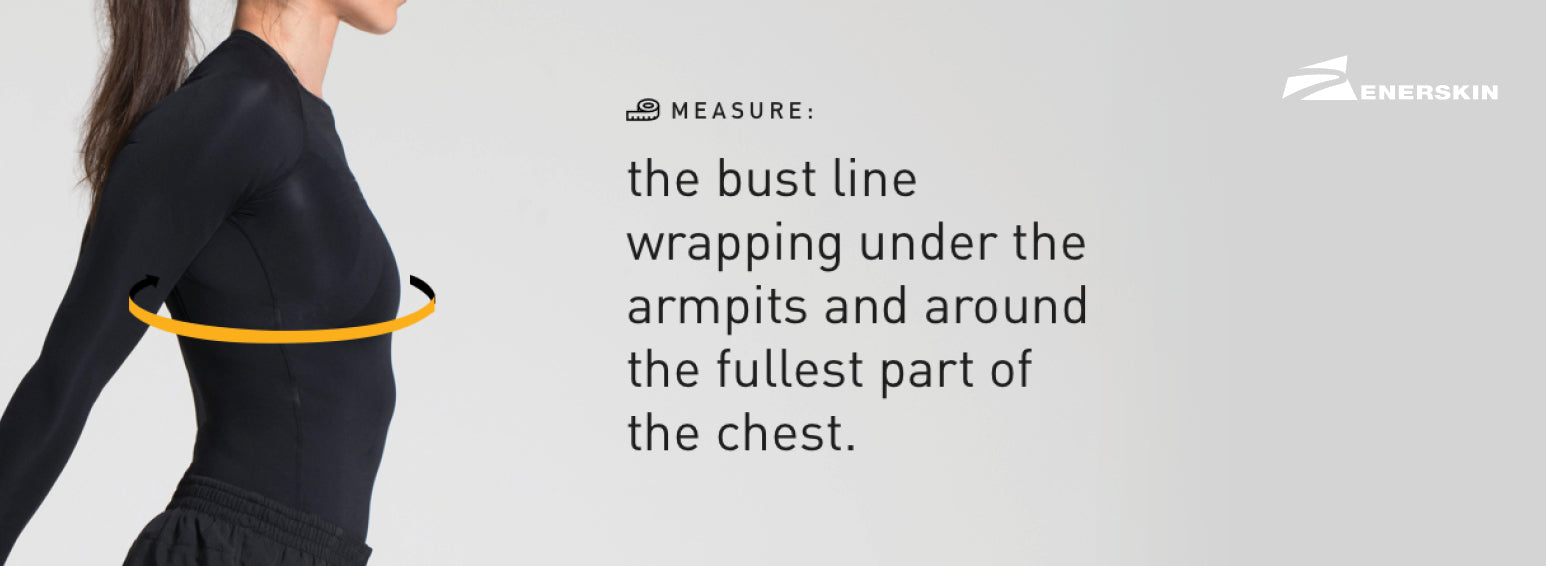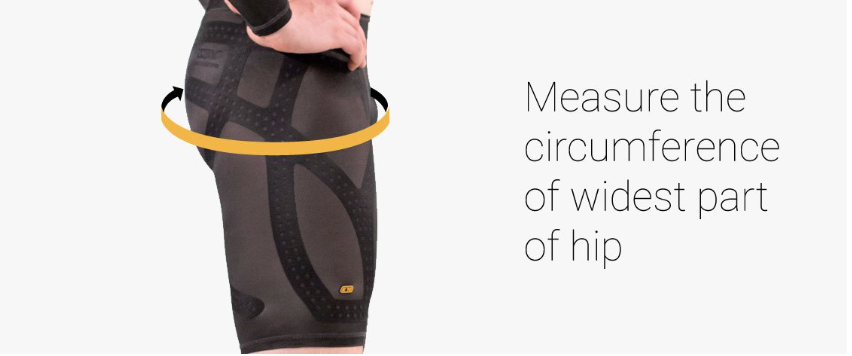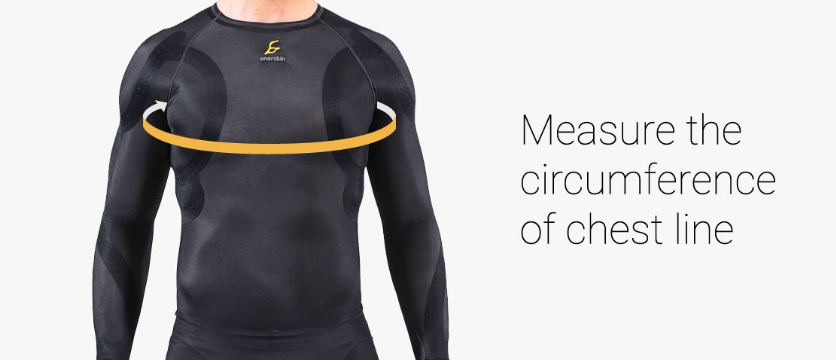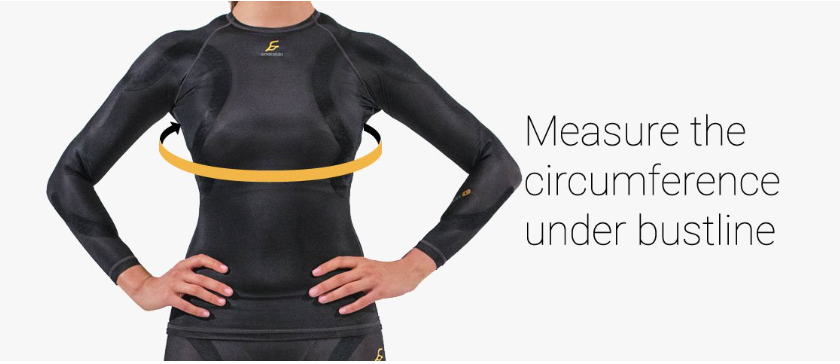Standing on Your Feet at Work: Effects & Prevention
With all the recent discussion on how sitting for extended periods is terrible for long-term health and wellness, it’s easy to forget that standing for extended periods can also have negative short and long-term impacts. For millions of people in America who work on their feet - whether that’s as nurses, teachers, retail workers, plant workers, and more - prolonged standing could lead to injuries and chronic pain, especially in the lower extremities. This post will cover the effects and problems of all-day standing, the root causes, and prevention.
Effects of Extended Periods of Standing

Extended periods of standing can have short and long-term effects. While occasional standing isn’t a huge deal, standing for over 5 hours a day could lead to significant lower-limb muscle fatigue. Workers that have to do a lot of standing on the job are at risk for pain and discomfort of the feet, shins, calves, knees, thighs, hips, and lower back. Over a longer period of time, more serious health issues can develop from too much standing. Some of these issues include varicose veins, chronic venous insufficiency, and chronic muscle and joint pain.
The Root Causes
Typically, fatigue and discomfort from extended standing are caused by the job itself. Imagine a factory worker working tight shifts or a teacher standing in front of the whiteboard for hours on end, with few breaks or large movements. Add in hard surfaces and unsuitable shoes, and it’s not surprising that the muscles and joints get tired and even damaged. Even worse, standing still decreases blood flow to the leg muscles and slows the return of blood from the legs back to the heart. If you’ve ever noticed your legs swell from prolonged standing, you’ve probably experienced what was just described here.
Preventing the Negative Effects of Standing
How do you prevent the negative effects of standing? You can’t just switch careers or stop showing up at work. There are several ways to help combat the pain and swelling, which we’ll detail below.

One of the easiest and most important ways to prevent standing-related injuries is to take breaks. It seems so obvious and simple, but when people are rushed for time or in the zone, it’s often hard to remember. If you’ve been standing for some time, take some time to sit down and rest your feet and legs. Find a good rhythm to standing and sitting, alternating between the two over the course of the day.
Another prevention method is to change positions. This includes stretching occasionally and standing in different positions to shift your weight around. If you have a standing desk at work or stand in a single spot for prolonged periods, consider purchasing a special standing mat, which provides cushioning but also may have raised surfaces to help you stretch out your feet and legs.
An underrated way to prevent standing-related pain and discomfort is to wear the right shoes. You can pick shoes that provide more cushion and stay away from high heels and worn shoes. If you look around, you’ll notice plenty of stylish shoe options that are well-cushioned and designed to support your feet.
Using Compression Sleeves for Prolonged Standing
At Enerskin, we also recommend looking into using quality compression sleeves to combat the negative effects of prolonged standing. Compression sleeves are designed to compress your muscles, providing support and increasing blood flow. Graduated compression indicates that the compression gear has the strongest compression at the ends and gradually decreases towards the heart.
For example, a full leg graduated compression sleeve has the highest compression at the ankles and gradually lighter compression up the leg. The point of compression is to improve circulation, allowing blood to return more easily to the heart for better reoxygenation. Graduated compression helps this process out immensely.

We recommend looking into the Leg Compression Sleeve Set or the Calf Compression Sleeve Set from Enerskin’s E75 collection. Enerskin products offer compression levels of 20-30 mmHg (medical grade 1) and are one of the only lines of compression gear on the market to receive the FDA’s Class II approval. Our performance data was gathered through public health trials and rehabilitation research centers in the United States and South Korea.
By identifying the root causes and taking the proper prevention steps, you can bypass the chronic foot, leg, and back pain from prolonged standing on the job.
Sources:

you may also like
